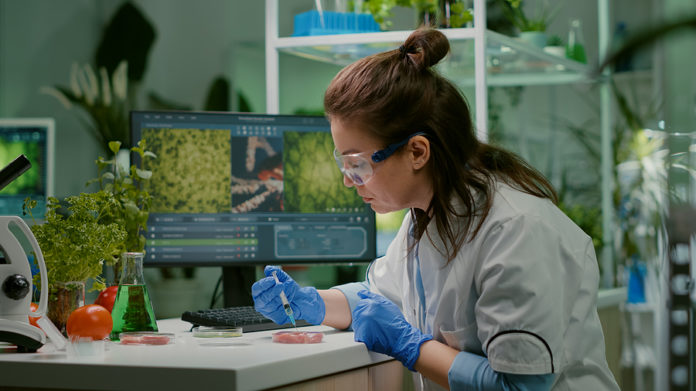
Interest in plant-based foods continues to grow, and companies have quickly rolled out new products to meet consumer demands. But despite significant progress, there’s still a long road ahead.
Here are some of the remaining obstacles to plant-based food production and the solutions on the horizon.
Mastering taste and texture
For many consumers, the sensory experience of plant-based food is a barrier to adoption, especially if they’re expecting a taste and texture similar to animal-based products. Plant-based manufacturers have come a long way in figuring out how to make plant-based alternatives taste more like (or better than) the real deal, but it’s not an easy task.
Here are a few plant-based categories in which changes to ingredients, processing methods, and testing could enhance taste and texture:
- Seafood: Formulators of seafood alternatives shouldn’t limit themselves to proteins like peas and soy. With processing improvements, new proteins like microalgae and seaweed could be promising substitutes.
- Milk: A recent study out of the University of Massachusetts suggests that a series of standardized tests could help R&D teams improve the sensory profile of plant-based milk and cream.
- Cheese: Dairy-free cheese is one of the most difficult plant-based alternatives for consumers to warm up to. But that could soon change. For example, Motif FoodWorks uses prolamin technology to produce plant-based cheese that bubbles, stretches, and melts like the real thing.
Scaling production, cutting costs
Boosting the production of plant-based products to meet demand would ultimately reduce costs — and high price is another reason consumers shy away from plant-based foods. The challenge is that plant-based meat and seafood alternatives are often highly processed. Plant-based manufacturers commonly use extrusion methods, which involve expensive equipment and significant energy consumption.
However, innovative processing technologies for plant-based products are in development for broader use, including shear cell processing and 3D printing.
Improving food safety
Plant-based foods are prone to spoilage, sometimes more so than their meat and dairy counterparts. And this isn’t lost on consumers. More than half of consumers have concerns about the safety of plant-based dairy alternatives, and 49% have the same concerns about meat alternatives.
Plant-based food consumer also tend to support clean label ingredients, sustainability, and minimizing food waste. And they have a preference for food that’s convenient and easy to prepare. All these considerations complicate the already challenging task of improving the safety of plant-based products.
Kerry recently held a webinar to help plant-based brands tackle common food safety issues. Unlike animal-based products, plant-based foods often include a long list of ingredients that introduce a wide variety of bacteria into the mix. To combat this, Kerry recommends planning for food safety early in the formulation process, being mindful of the impact of each ingredient as the product moves down the line.
Packaging is also an important contributor to food safety. Not only can it help extend the shelf life of plant-based foods, but it’s an opportunity to clearly communicate preparation instructions, expiration dates, and other safety information to the consumer.
From conducting food research to designing manufacturing equipment, there are a wealth of opportunities for innovation in the plant-based sphere. Investing in solutions to flavor, cost, and safety challenges will help brands find success in an increasingly competitive market.









